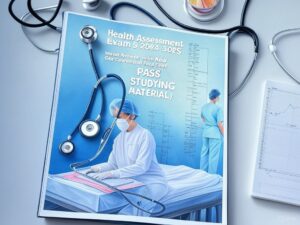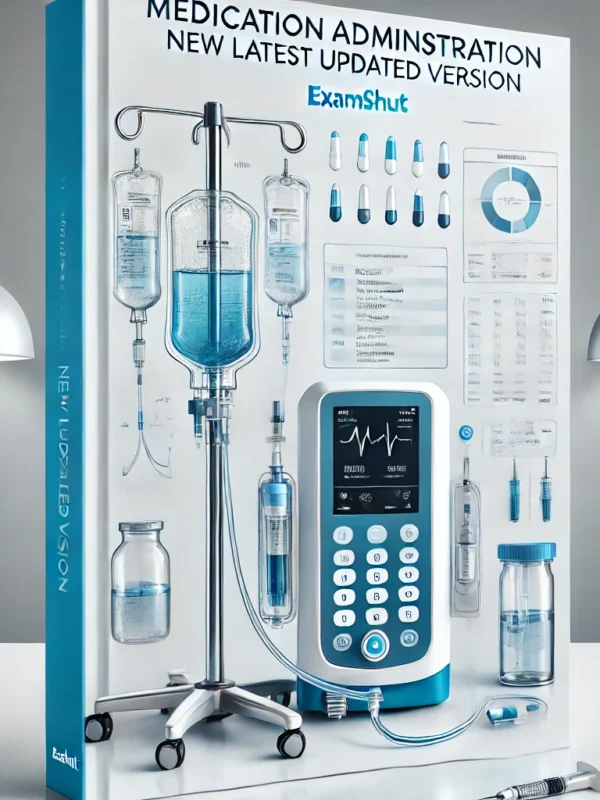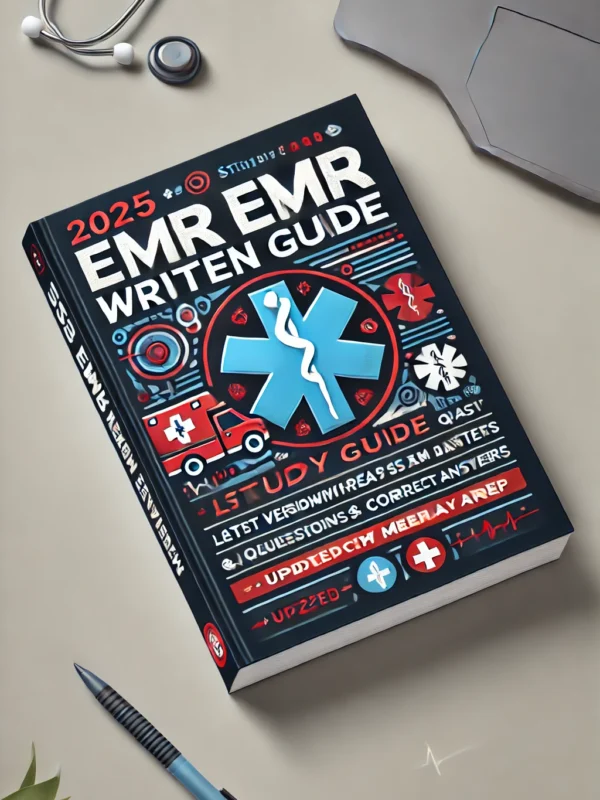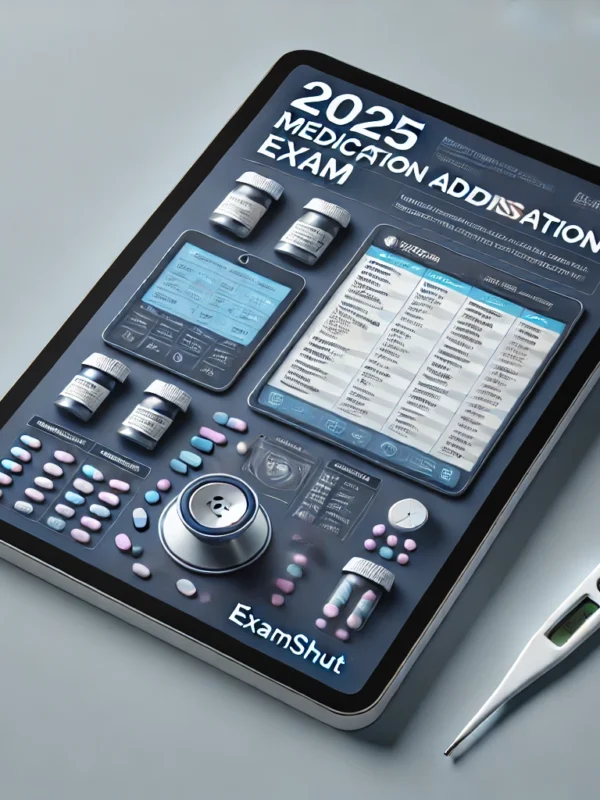Achieve success in your Health Assessment Exam 3 with this latest version study guide, freshly updated for the 2024-2025 academic year to ensure a guaranteed pass. Recognized as the best studying material for nursing and health science students, this comprehensive resource is designed to help you excel in your exam and build a strong foundation for your healthcare career. The guide includes a wide range of topics such as advanced patient assessment techniques, thorough health history collection, physical examination skills, diagnostic reasoning, and clinical documentation, all aligned with the most current 2024-2025 curriculum standards. Each section features carefully curated content with detailed explanations, providing clarity on complex concepts and preparing you for real-world clinical scenarios. This new update incorporates the latest exam trends and requirements, ensuring you have the most relevant and effective study material at your fingertips. Ideal for students aiming to master their Health Assessment Exam 3 and progress toward NCLEX preparation, this guide offers a proven track record of success. Study smarter, pass with confidence, and take a significant step forward in your nursing education with this trusted, high-quality resource!
Preview
When assessing a patient the nurse notes that the left femoral pulse as diminished, 1+/4+.
What should the nurse do next?
A)
Document the finding.
B)
Auscultate the site for a bruit.
C)
Check for calf pain.
D)
Check capillary refill in the toes. – ANSWER ANS: B
If a pulse is weak or diminished at the femoral site, the nurse should auscultate for a bruit.
Presence of a bruit, or turbulent blood flow, indicates partial occlusion. The other responses are
not correct.
When performing a peripheral vascular assessment on a patient, the nurse is unable to palpate
the ulnar pulses. The patient’s skin is warm and capillary refill time is normal. The nurse should
next:
A)
check for the presence of claudication.
B)
refer the individual for further evaluation.
C)
consider this a normal finding and proceed with the peripheral vascular evaluation.
D)
ask the patient if he or she has experienced any unusual cramping or tingling in the arm. –
ANSWER ANS: C
It is not usually necessary to palpate the ulnar pulses. The ulnar pulses are often not palpable in
the normal person. The other responses are not correct.
The nurse is assessing the pulses of a patient who has been admitted for untreated
hyperthyroidism. The nurse should expect to find a(n) _____ pulse.
A)
normal
B)
absent
C)
bounding
D)
weak, thready – ANSWER ANS: C
A full, bounding pulse occurs with hyperkinetic states (such as exercise, anxiety, fever), anemia,
and hyperthyroidism. Absent pulse occurs with occlusion. Weak, thready pulses occur with
shock and peripheral artery disease.
What should the nurse do next?
A)
Document the finding.
B)
Auscultate the site for a bruit.
C)
Check for calf pain.
D)
Check capillary refill in the toes. – ANSWER ANS: B
If a pulse is weak or diminished at the femoral site, the nurse should auscultate for a bruit.
Presence of a bruit, or turbulent blood flow, indicates partial occlusion. The other responses are
not correct.
When performing a peripheral vascular assessment on a patient, the nurse is unable to palpate
the ulnar pulses. The patient’s skin is warm and capillary refill time is normal. The nurse should
next:
A)
check for the presence of claudication.
B)
refer the individual for further evaluation.
C)
consider this a normal finding and proceed with the peripheral vascular evaluation.
D)
ask the patient if he or she has experienced any unusual cramping or tingling in the arm. –
ANSWER ANS: C
It is not usually necessary to palpate the ulnar pulses. The ulnar pulses are often not palpable in
the normal person. The other responses are not correct.
The nurse is assessing the pulses of a patient who has been admitted for untreated
hyperthyroidism. The nurse should expect to find a(n) _____ pulse.
A)
normal
B)
absent
C)
bounding
D)
weak, thready – ANSWER ANS: C
A full, bounding pulse occurs with hyperkinetic states (such as exercise, anxiety, fever), anemia,
and hyperthyroidism. Absent pulse occurs with occlusion. Weak, thready pulses occur with
shock and peripheral artery disease.











Reviews
There are no reviews yet.